Refine search
Actions for selected content:
3390761 results
Making the Golden Horde “Great Again”: Historians as Memory Actors and Reinterpretation of the Historical Narratives in Independent Kazakhstan
-
- Journal:
- Nationalities Papers , FirstView
- Published online by Cambridge University Press:
- 13 October 2025, pp. 1-25
-
- Article
-
- You have access
- Open access
- HTML
- Export citation
A comparison of the quality of integrated case formulations produced by UK psychiatric trainees and an artificial intelligence-assisted application
-
- Journal:
- BJPsych Bulletin , FirstView
- Published online by Cambridge University Press:
- 13 October 2025, pp. 1-6
-
- Article
-
- You have access
- Open access
- HTML
- Export citation
Exploring hidden parasite diversity during a ParasiteBlitz across a coastal habitat gradient using environmental DNA metabarcoding
- Part of
-
- Journal:
- Journal of Helminthology / Volume 99 / 2025
- Published online by Cambridge University Press:
- 13 October 2025, e114
-
- Article
-
- You have access
- Open access
- HTML
- Export citation
Introduction
-
- Journal:
- International Labor and Working-Class History , First View
- Published online by Cambridge University Press:
- 13 October 2025, pp. 1-3
-
- Article
-
- You have access
- Open access
- HTML
- Export citation
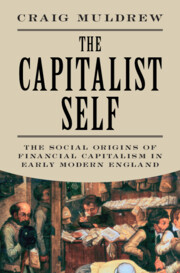
The Capitalist Self
- The Social Origins of Financial Capitalism in Early Modern England
-
- Published online:
- 12 October 2025
- Print publication:
- 30 October 2025
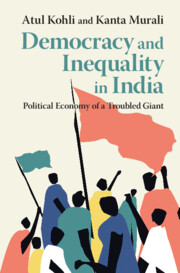
Democracy and Inequality in India
- Political Economy of a Troubled Giant
-
- Published online:
- 11 October 2025
- Print publication:
- 30 October 2025

Can the Public be Trusted?
- On the Promise and Perils of Voluntary Compliance
-
- Published online:
- 11 October 2025
- Print publication:
- 30 October 2025
-
- Book
-
- You have access
- Open access
- Export citation

Understanding International Security
- Theory and Practice
-
- Published online:
- 11 October 2025
- Print publication:
- 30 October 2025
-
- Textbook
- Export citation
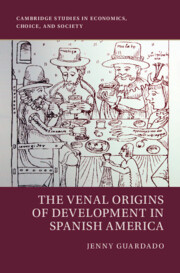
The Venal Origins of Development in Spanish America
-
- Published online:
- 11 October 2025
- Print publication:
- 02 October 2025
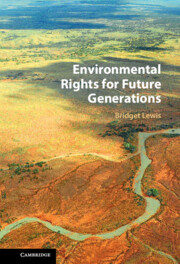
Environmental Rights for Future Generations
-
- Published online:
- 11 October 2025
- Print publication:
- 30 October 2025
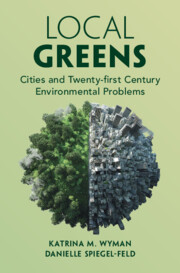
Local Greens
- Cities and Twenty-first Century Environmental Problems
-
- Published online:
- 11 October 2025
- Print publication:
- 18 September 2025

The Kuroshio Frontier
- Empire and Environment in the Making of Japan's Pacific
-
- Published online:
- 11 October 2025
- Print publication:
- 23 October 2025
-
- Book
-
- You have access
- Open access
- Export citation
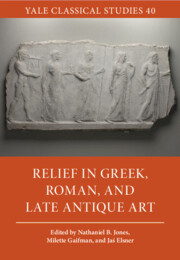
Relief in Greek, Roman, and Late Antique Art
-
- Published online:
- 11 October 2025
- Print publication:
- 25 September 2025
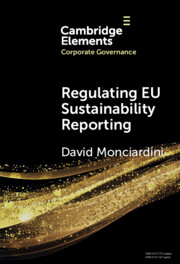
Regulating EU Sustainability Reporting
- Learning from Failure and Success
-
- Published online:
- 11 October 2025
- Print publication:
- 13 November 2025
-
- Element
- Export citation

Seminars in Child and Adolescent Psychiatry
-
- Published online:
- 10 October 2025
- Print publication:
- 30 October 2025
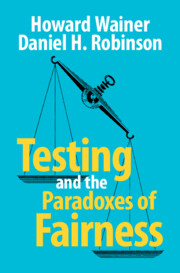
Testing and the Paradoxes of Fairness
-
- Published online:
- 10 October 2025
- Print publication:
- 30 October 2025

When Corporate Accountability meets Transitional Justice
- International Law and National Practice
-
- Published online:
- 10 October 2025
- Print publication:
- 30 October 2025

Satellite Remote Sensing for Water Management
-
- Published online:
- 10 October 2025
- Print publication:
- 04 September 2025
-
- Textbook
- Export citation

China's International Energy Relations
- The Impact of Transition from Fossil Fuels to Renewables
-
- Published online:
- 10 October 2025
- Print publication:
- 30 October 2025

Minimal Cubature Rules
- Theory and Practice
-
- Published online:
- 10 October 2025
- Print publication:
- 30 October 2025
